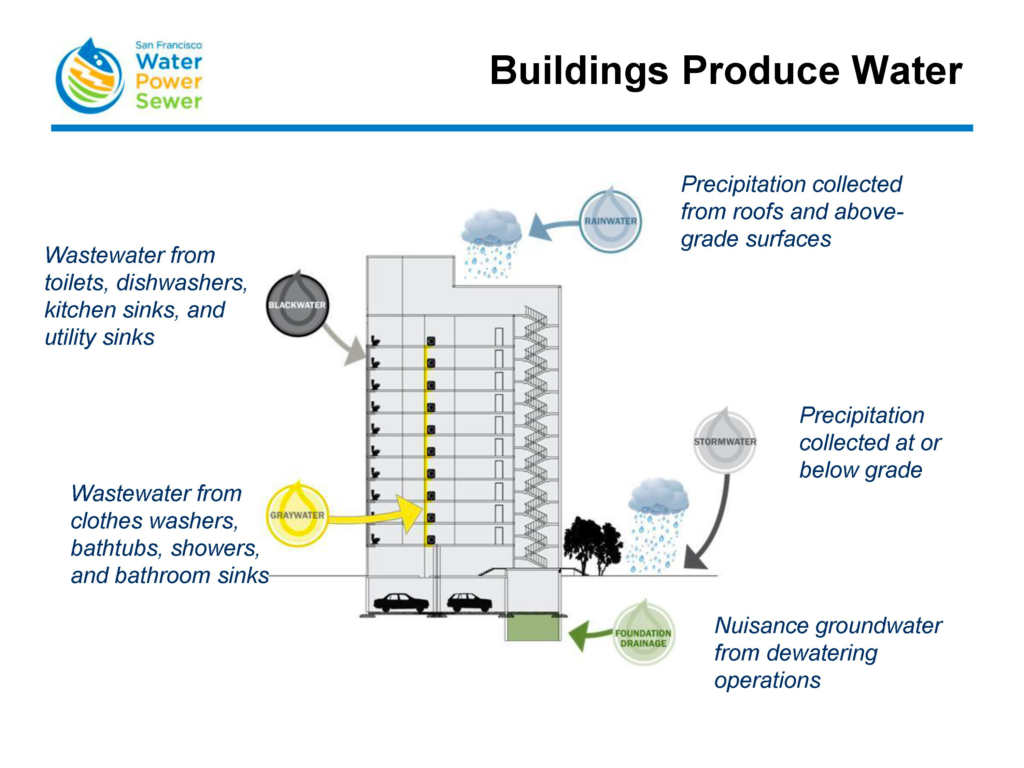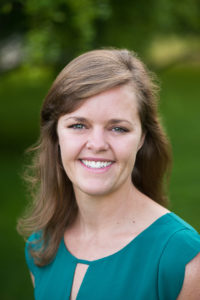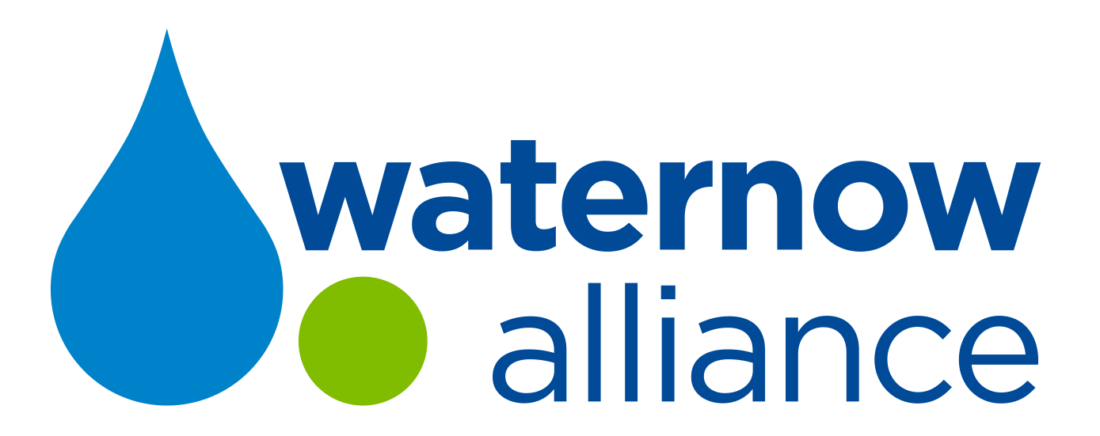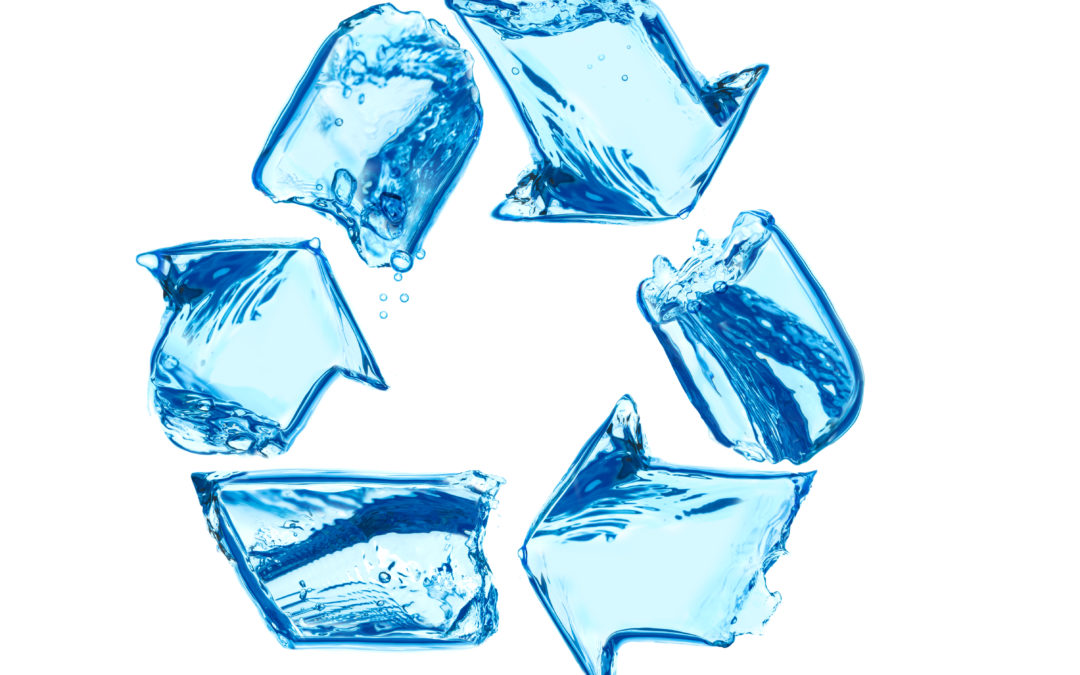If there’s one thing to know about me, it’s that I’m water reuse geek, especially when it comes to decentralized wastewater treatment and reuse. So, I was very excited to attend the Water Environment & Reuse Foundation Onsite Non-Potable Water Systems workshop last week at Tree People in Beverly Hills, CA.
Side note: If you haven’t heard of Tree People, you check out their website and stop by their facility the next time you find yourself in LA. The venue could not have been more perfect for the workshop topic. The Tree People facility captures and stores rainwater onsite to be used year-round for irrigation. Tree People also offer tours that teach Angelenos how they can lessen the impacts of drought at home and in their community. Learn more here.
For those of you that aren’t water reuse nerds like myself, you might be asking what an onsite non-potable water systems (ONWS) is. Allow me to get you up to speed:
Onsite water systems collect water from local sources (e.g. wastewater, stormwater, rainwater, and more) and treat it so that it can be reused at the building, community or district scale for non-potable applications (e.g. toilet flushing and clothes washing). These systems offer a number of benefits, such as offsetting demand for potable water, reducing pollution by capturing and treating stormwater onsite, increasing water system resiliency, deferring capital improvement projects to increase system capacity, and more. Despite a long list of benefits, the lack of clear regulations has made implementation of ONWS programs a daunting task for many cities. The workshop held this week brought together key groups that are working to take the mystery out of ONWS program implementation.
Key Takeaway: Framework and Guidance
 The US Water Alliance, Water Environment & Reuse Foundation and Water Research Foundation have come together to form the National Blue Ribbon Commission for Onsite Non-Potable Water Systems. Together they are developing model state guidance and policy framework for distributed non-potable reuse systems. They’re also conducting research to fill gaps where information is needed. Earlier this year the group published a risk-based framework for ONWS programs that helps users select treatment and water quality requirements that are
The US Water Alliance, Water Environment & Reuse Foundation and Water Research Foundation have come together to form the National Blue Ribbon Commission for Onsite Non-Potable Water Systems. Together they are developing model state guidance and policy framework for distributed non-potable reuse systems. They’re also conducting research to fill gaps where information is needed. Earlier this year the group published a risk-based framework for ONWS programs that helps users select treatment and water quality requirements that are
protective of public health. At the workshop, we learned about a new guidance document the Blue Ribbon Commission will be publishing early next year that will make a business case for utilities to incorporate ONWS into water supply planning. This new publication is geared towards water leaders and decision makers – WaterNow Alliance’s core membership. We’ll be watching closely for its release, so stay tuned for updates!
Lesson Learned: Collaboration is key
One of the most challenging aspects of ONWS program implementation is the necessary collaboration between departments and agencies (e.g. water, public health, community development, and more) that otherwise may not interact often. Speakers from San Francisco and Los Angeles shared insights about how they developed effective interdisciplinary partnerships. When it comes to government/agency/department structure, these two case studies couldn’t be more different. In San Francisco, all of the relevant departments are under the SFPUC. Conversely, all the relevant departments in Los Angeles are part of different agencies. Despite their core differences, both agencies have been able to implement successful programs and have made partnerships work for their unique situation.
Building Momentum
Decentralized onsite water reuse systems can change the way we think about and use water. Rather than using potable water to flush toilets or wash cars, these systems take a fit-for-use approach, treating new sources of water to the extent necessary to ensure public health. Realizing the full potential of ONWSs will require a paradigm shift, not just for end users like you and me, but for water and wastewater utilities. Over the last five years, organizations like SFPUC, the US Water Alliance, WE&RF, WRF and others have moved the industry one small step at a time. However, with each step forward the last step becomes the norm and the next step forward doesn’t seem like such a leap.

Danielle McPherson is WaterNow Alliance's Water Resource Specialist and Project Manager.

